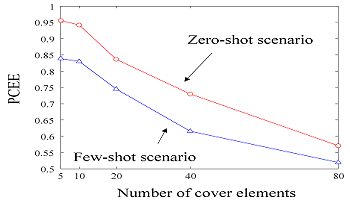
Recent studies show that scaling pre-trained language models can lead to a significantly improved model capacity on downstream tasks, resulting in a new research direction called large language models (LLMs). A remarkable application of LLMs is ChatGPT, which is a powerful large language model capable of generating human-like text based on context and past conversations. It is demonstrated that LLMs have impressive skills in reasoning, especially when using prompting strategies. In this paper, we explore the possibility of applying LLMs to the field of steganography, which is referred to as the art of hiding secret data into an innocent cover for covert communication. Our purpose is not to combine an LLM into an already designed steganographic system to boost the performance, which follows the conventional framework of steganography. Instead, we expect that, through prompting, an LLM can realize steganography by itself, which is defined as prompting steganography and may be a new paradigm of steganography. We show that, by reasoning, an LLM can embed secret data into a cover, and extract secret data from a stego, with an error rate. This error rate, however, can be reduced by optimizing the prompt, which may shed light on further research.
Hanzhou Wu, "Prompting Steganography: A New Paradigm" in Electronic Imaging, 2024, pp 338-1 - 338-11, https://doi.org/10.2352/EI.2024.36.4.MWSF-338
 Find this author on Google Scholar
Find this author on Google Scholar Find this author on PubMed
Find this author on PubMed